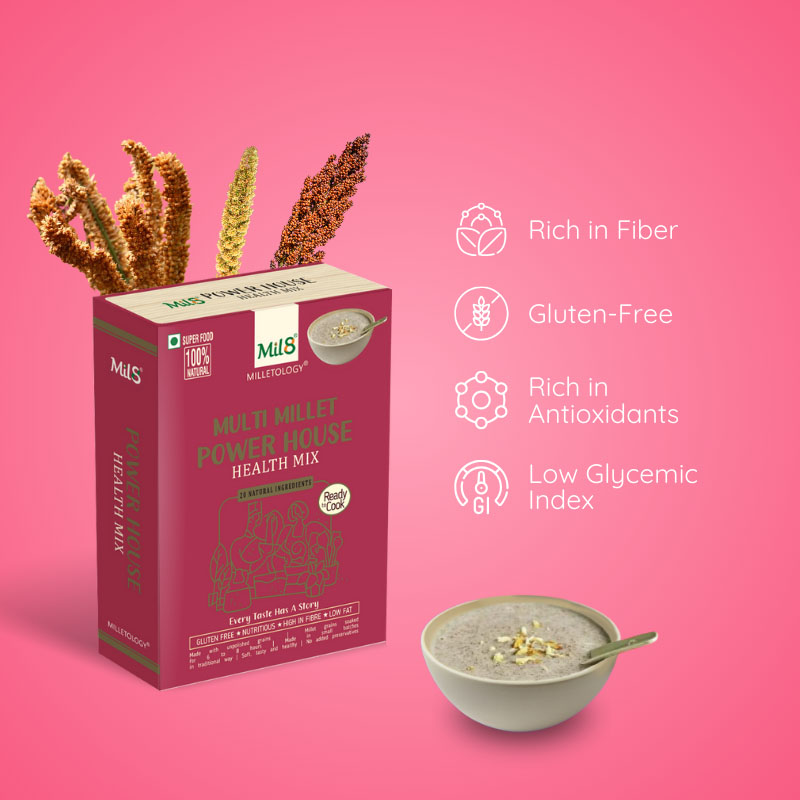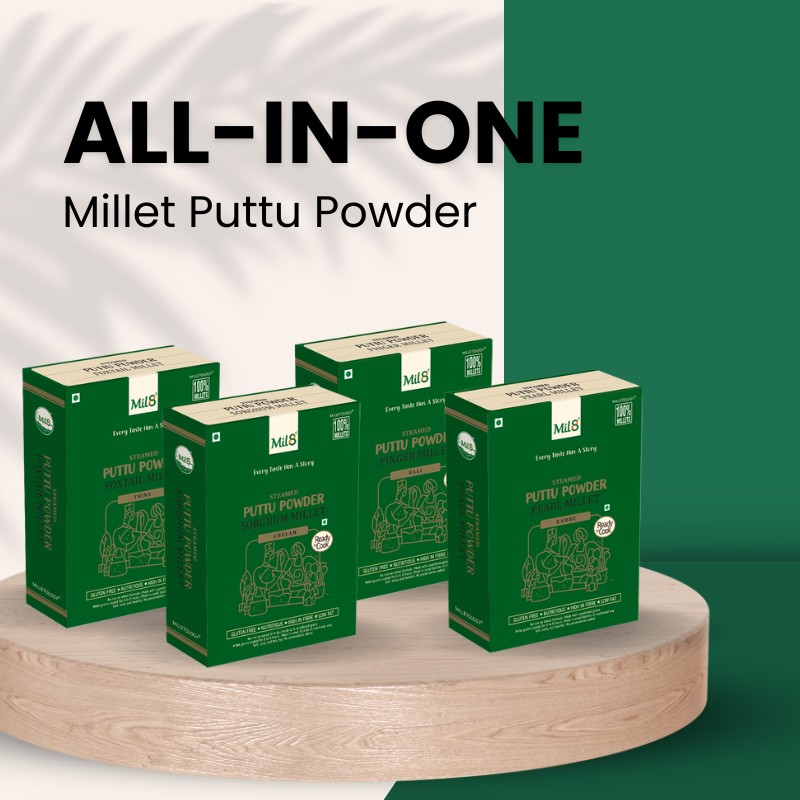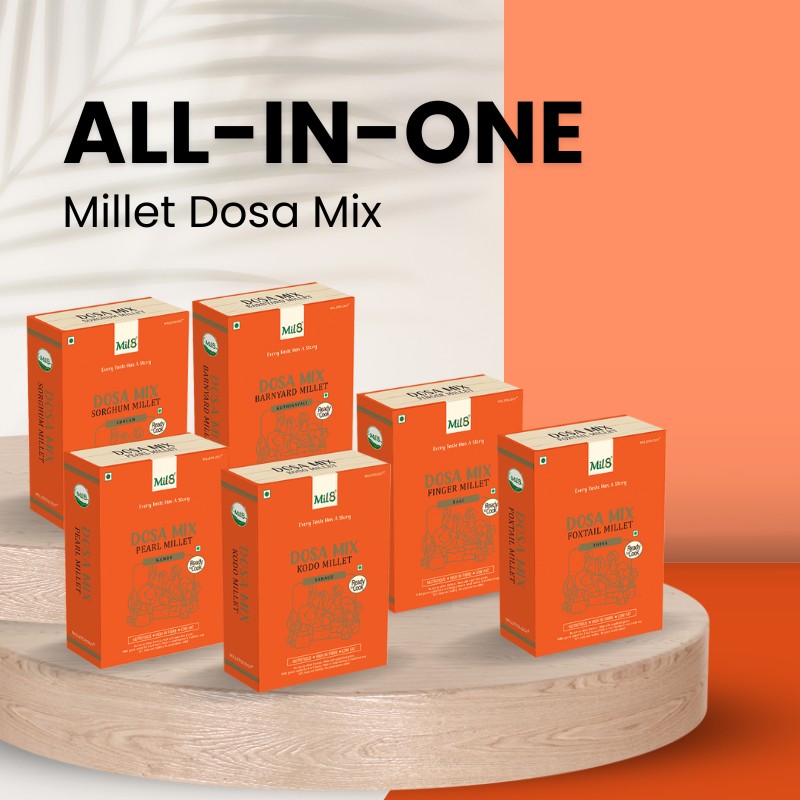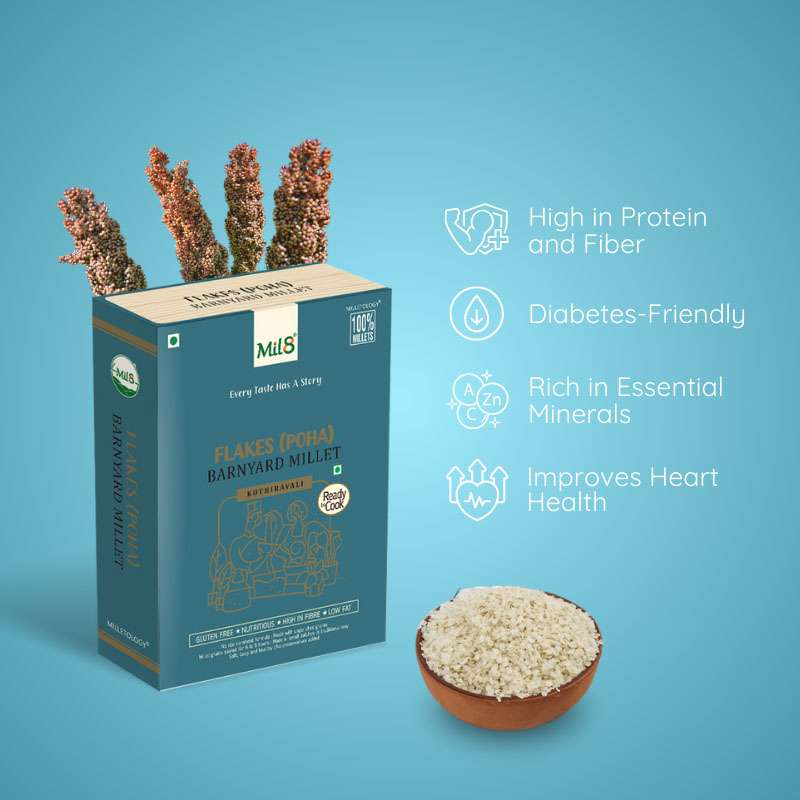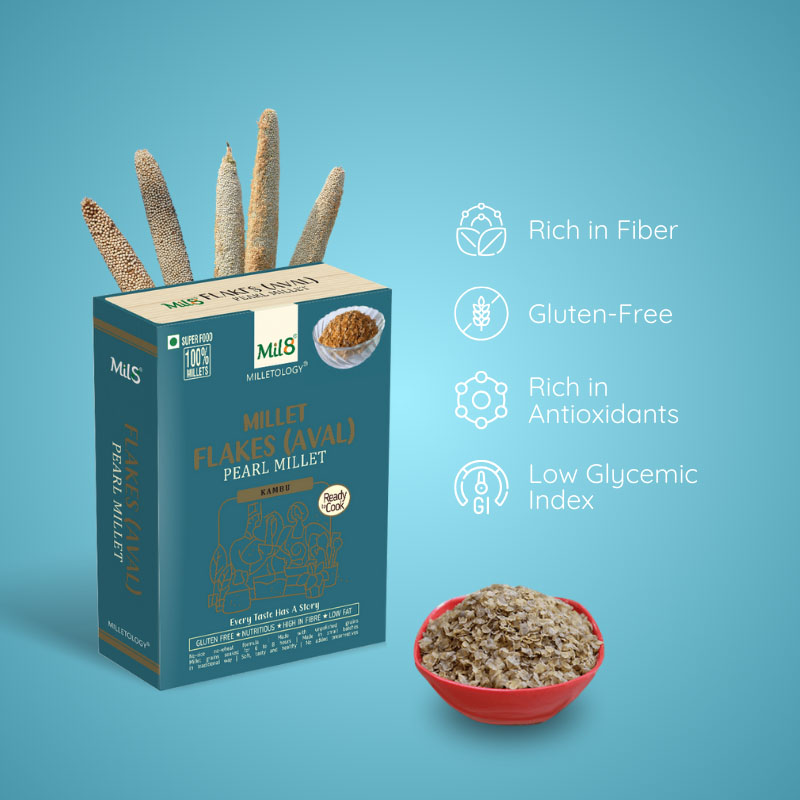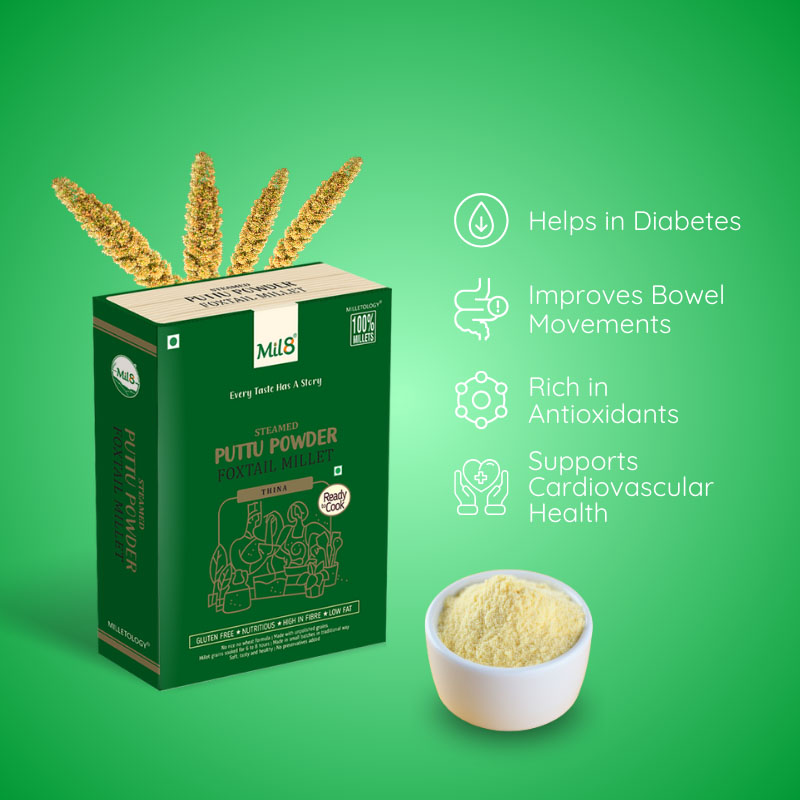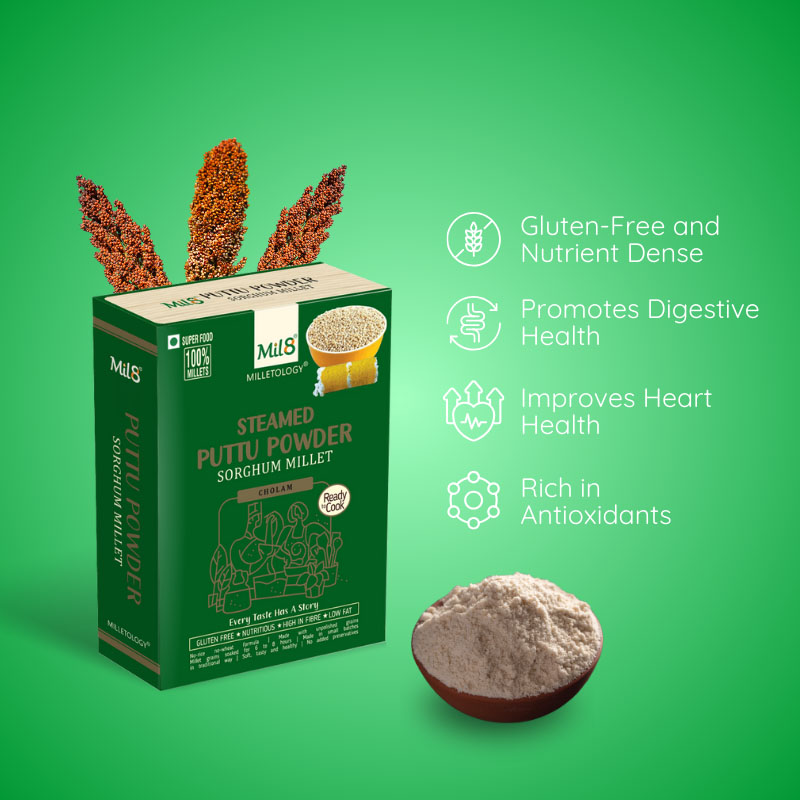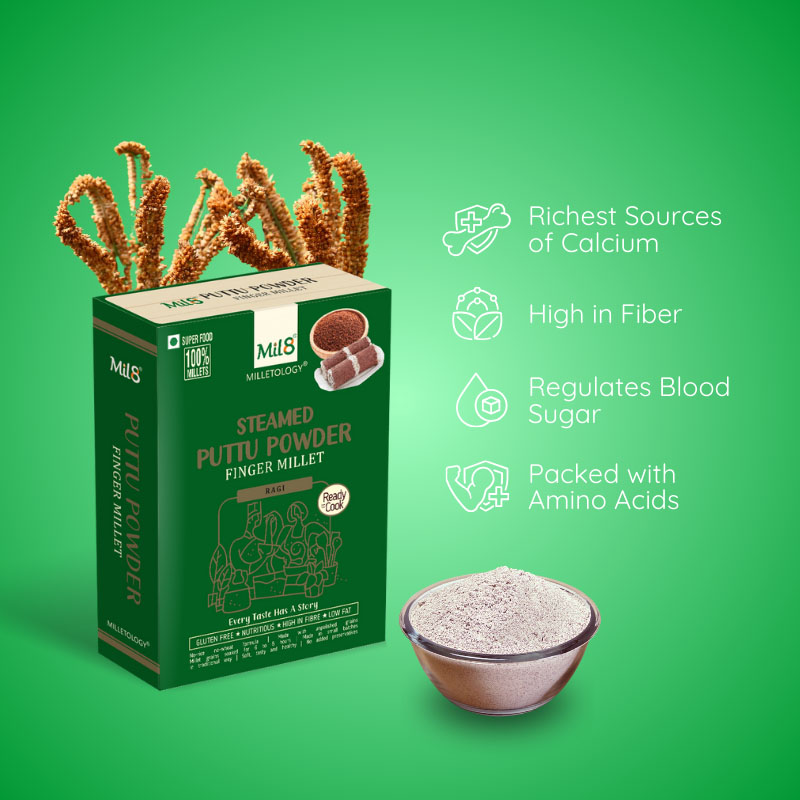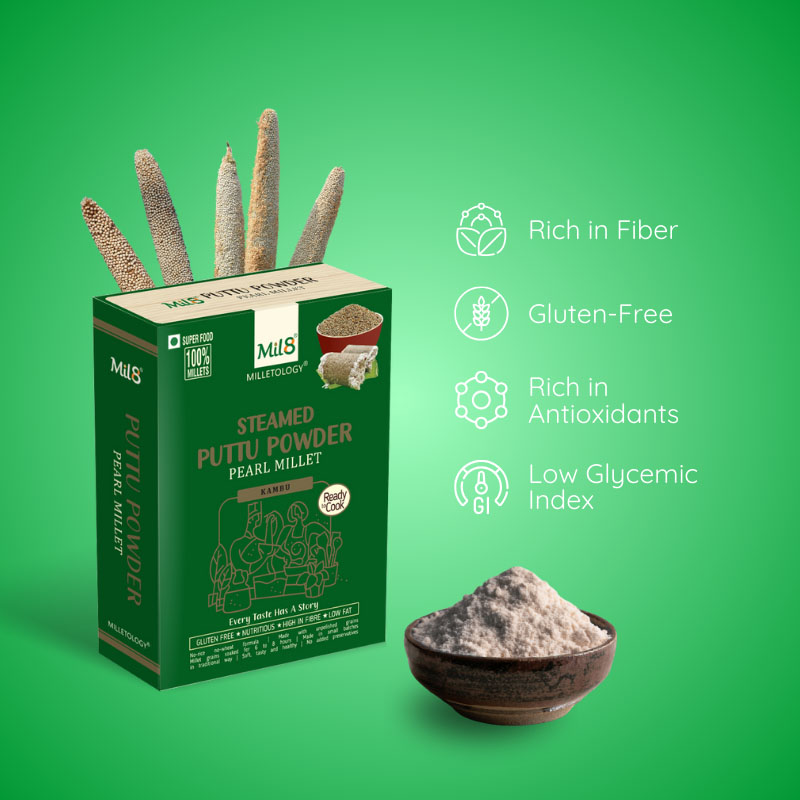Kodo Millet | Varagu
Kodo millet, scientifically known as Paspalum scrobiculatum, is an ancient grain that has been cultivated for thousands of years in parts of Asia and Africa. It's a type of millet, which is a group of small-seeded grasses widely grown around the world for food and fodder.
Here are some key points about kodo millet:
-
Nutritional Value: Kodo millet is highly nutritious, rich in fiber, protein, and essential minerals like iron and calcium. It's also gluten-free, making it a suitable option for people with gluten intolerance or celiac disease.
-
Culinary Uses: Kodo millet can be cooked and consumed in various ways, similar to other grains like rice or wheat. It can be used to make porridge, upma, dosa, idli, and even fermented into a type of beer in some regions.
-
Health Benefits: Due to its nutritional profile, kodo millet offers several health benefits. It can help in managing diabetes, promoting weight loss, improving digestion, and maintaining overall health.
-
Cultivation: Kodo millet is a hardy crop that can grow in diverse climatic conditions, including regions with low rainfall and poor soil quality. It's often grown in dryland agriculture systems where other crops may struggle to thrive.
-
Sustainability: Millets, including kodo millet, are gaining popularity for their environmental sustainability. They require less water and inputs compared to crops like rice or wheat, making them more environmentally friendly.
Millet Grains, Kodo Millet
<p>Kodo Millet</p>
-
Cooking as Porridge: Kodo millet can be cooked into a creamy porridge, similar to oatmeal. Simply boil it with water or milk until it reaches your desired consistency. You can flavor it with sweeteners like honey or maple syrup and add fruits, nuts, or spices for extra flavor.
-
Making Upma: Upma is a savory South Indian dish made with semolina or grains like kodo millet. It's cooked with vegetables, spices, and sometimes nuts. You can follow a recipe similar to the one I provided earlier for Kodo Millet Upma.
-
Preparing Pilaf or Pulao: Kodo millet can be used to make pilaf or pulao, a flavorful rice dish cooked with spices, vegetables, and sometimes meat or seafood. Substitute kodo millet for rice in your favorite pilaf recipe for a nutritious twist.
-
Cooking as a Side Dish: Kodo millet can be cooked and served as a side dish alongside curries, stews, or grilled meats. Simply cook it as you would cook rice and serve it with your favorite main course.
-
Baking: Ground kodo millet flour can be used in baking to make bread, muffins, pancakes, or cookies. It adds a nutty flavor and a nutritional boost to baked goods.
-
Fermentation: In some regions, kodo millet is fermented and used to make alcoholic beverages like beer or traditional fermented foods like dosa or idli.
- Salads and Grain Bowls: Cooked kodo millet can be added to salads or grain bowls for a nutritious and filling meal. Combine it with vegetables, protein sources like beans or tofu, and a flavorful dressing for a balanced dish.


